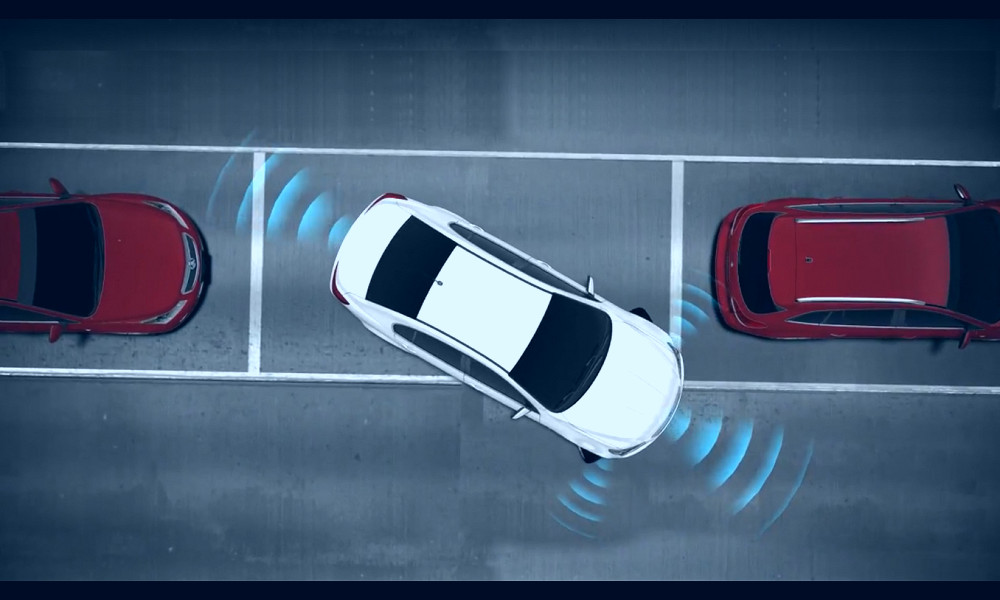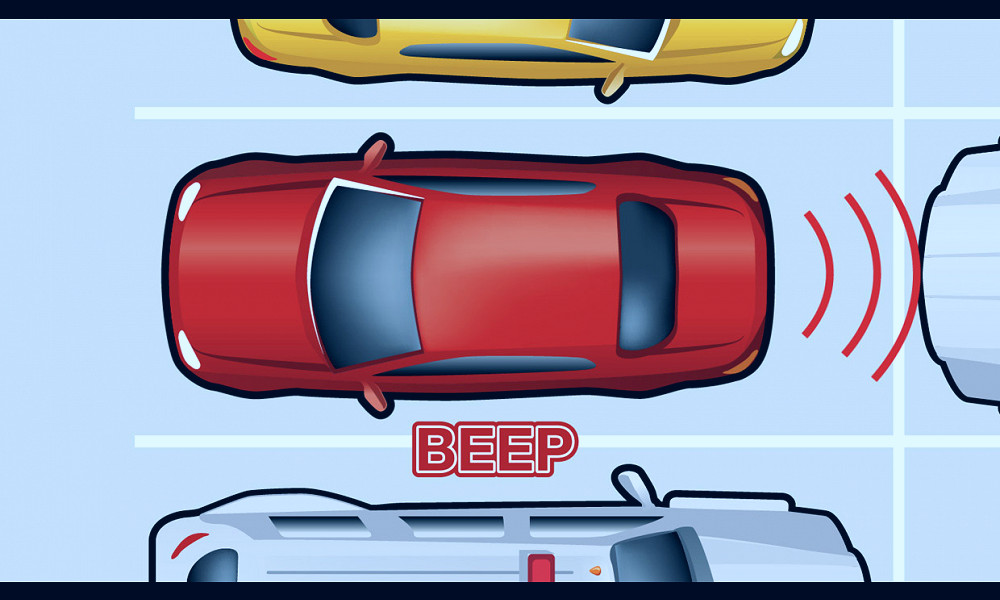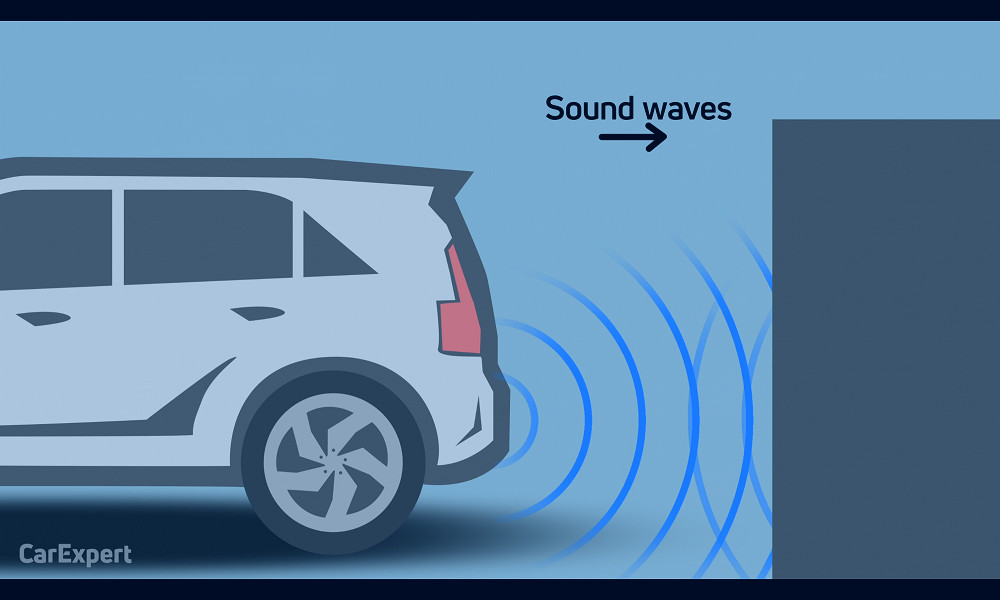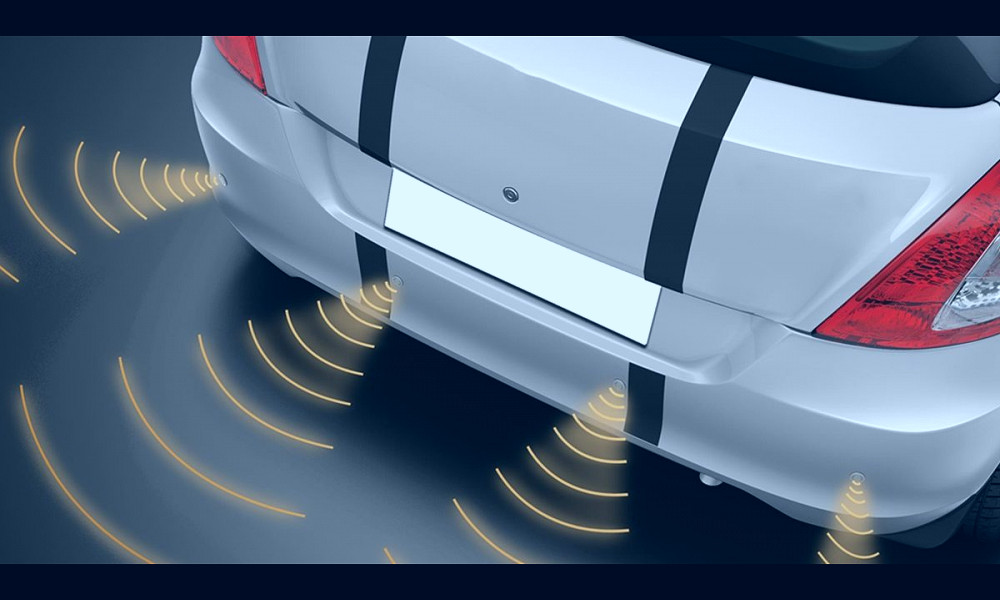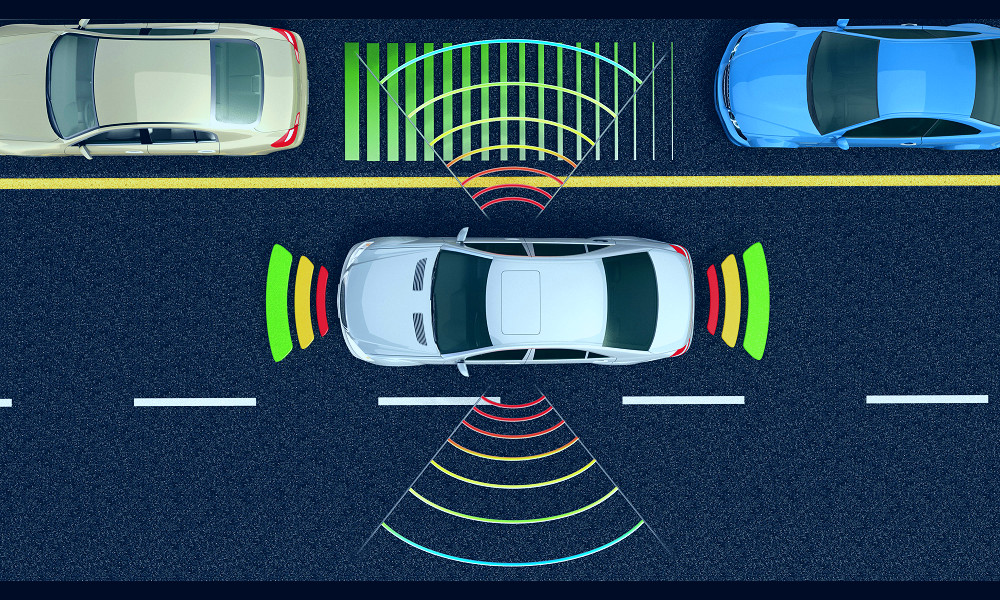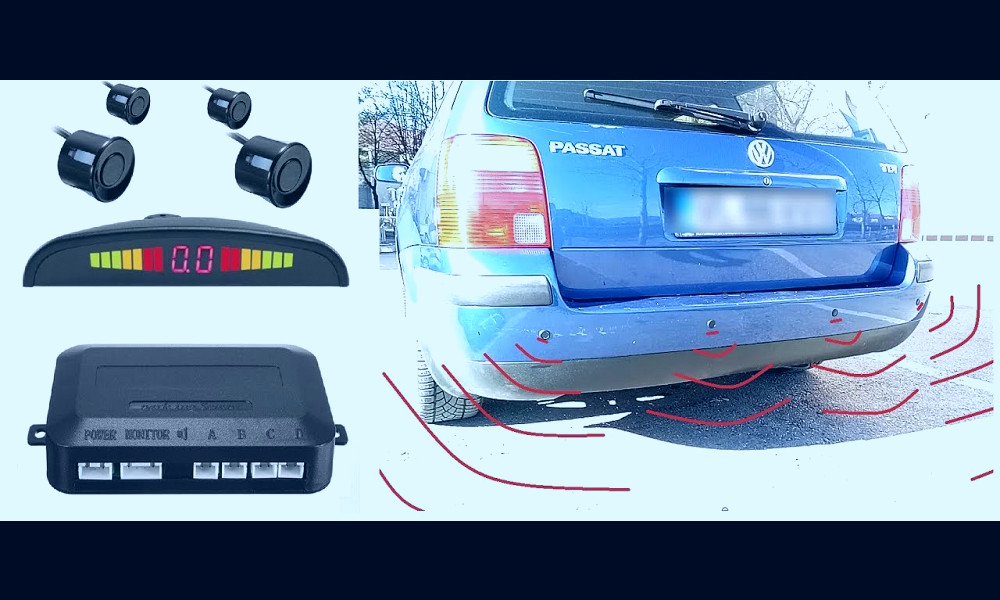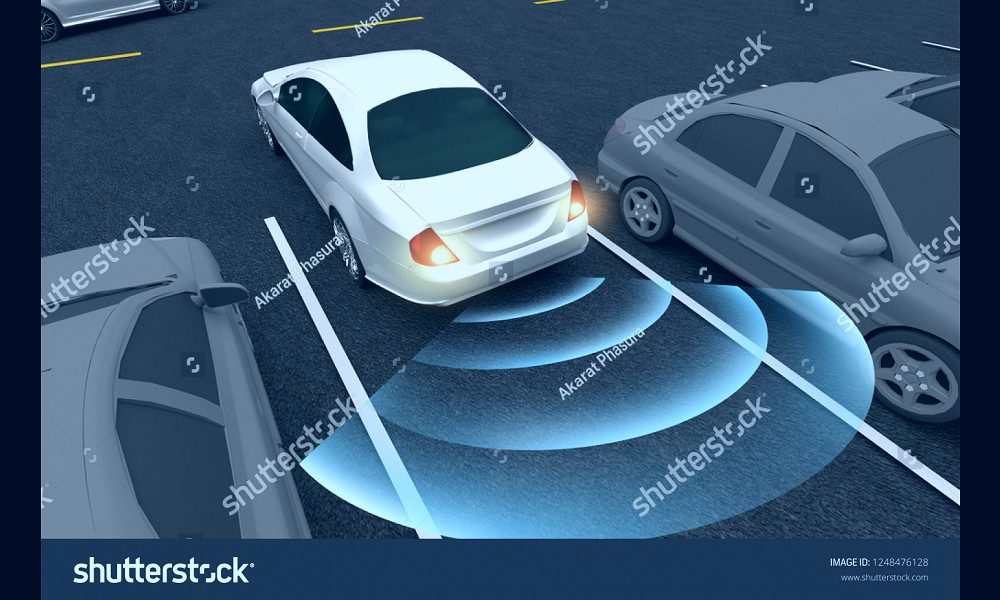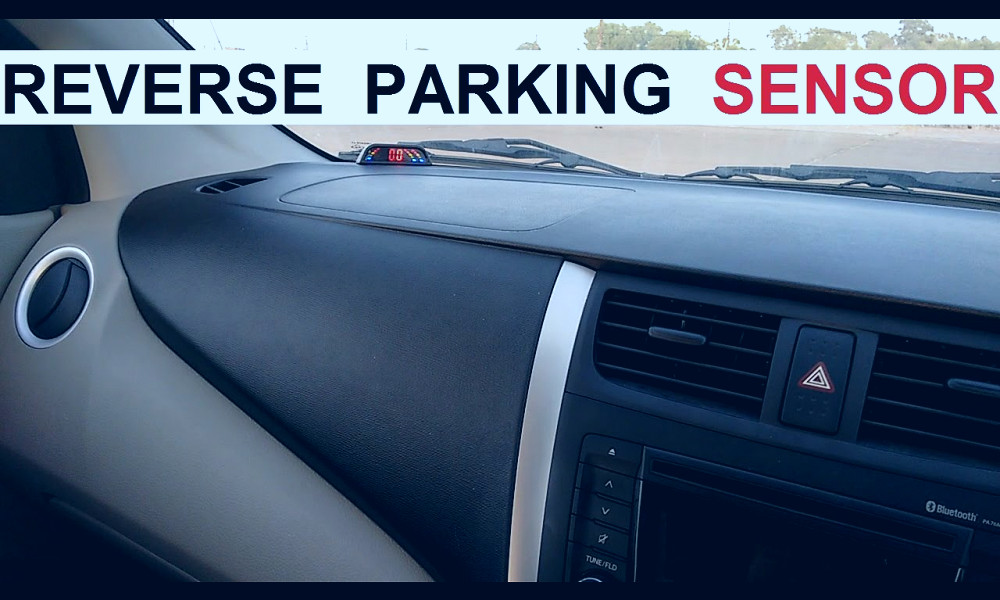
Revolutionize Your Parking Experience with Advanced Parking Sensors: A Must-Have Vehicle Upgrade
Parking sensors are an essential tool for any driver, helping to navigate tight spots and avoid potential hazards. These devices use ultrasonic or electromagnetic technology to detect objects around your vehicle, alerting you with a beeping sound that increases in frequency as you get closer to an obstacle. It's like having an extra pair of eyes on the back of your car, making parking safer, easier, and stress-free.
| Brand | Unknown |
| Type | Parking Sensors |
| Sensor Quantity | 4, 6, 8 |
| Sensor color | Black, Silver, White, Red, Blue |
| Detection Range | 0.3-2.5m |
| Operating Voltage | DC 12V |
| Operating Temperature | -30-+70C |
| Alarm Volume | 65dB |
| Installation | Bumper installation |
| Waterproof level | IP67 |
| Connection | Wireless or Wired |
| Compatibility | Universal for all cars |
| Additional Features | Anti-freeze, rainproof, LCD display |
| Warranty | 1 year, 2 years, 3 years |
| Package Includes | Sensors, control box, buzzer/lcd display, drill bit, power cable, double sided adhesive pads, manual. |
Understanding Parking Sensors
Parking sensors, also known as proximity sensors or collision sensors, are devices installed in vehicles to alert the driver of obstacles while parking. These sensors are a crucial part of any vehicle's safety system and can significantly reduce the risk of collision and costly damage. Read more
Types of Parking Sensors
There are two primary types of parking sensors - ultrasonic and electromagnetic. Ultrasonic sensors work by emitting sound waves that bounce off nearby objects, while electromagnetic sensors create an electromagnetic field around the vehicle to detect obstacles. Each type has its own set of advantages and considerations. Read more
Benefits of Ultrasonic Sensors
Ultrasonic parking sensors are extremely accurate in detecting the distance between the vehicle and an obstacle. They provide audible warnings that increase in frequency as the vehicle gets closer to an object, allowing the driver to react appropriately. Read more
Advantages of Electromagnetic Sensors
Electromagnetic parking sensors have the advantage of being completely invisible once installed, maintaining the aesthetic appeal of your vehicle. They also do not require any drilling for installation, reducing the risk of damage to your vehicle. Read more

Integrated Display Systems
Some parking sensors come with integrated display systems that provide visual feedback on the distance between the vehicle and the obstacle. This can be particularly useful for drivers who prefer visual cues over audio warnings. Read more
Installation Process
Most parking sensor kits come with everything you need for installation. However, the process can be complex and may require professional installation. Ensure the installation process does not interfere with your vehicle's warranty. Read more
Cost Considerations
While parking sensors can vary in price, it's important to consider the potential savings in terms of avoided collisions and subsequent repairs. More advanced systems with integrated display systems are typically more expensive, but offer additional benefits. Read more
Compatibility with Your Vehicle
Not all parking sensors are compatible with all vehicle types. Before purchasing, ensure the sensor system is suitable for your vehicle model and make. Read more

Brand Reputation
As with any automotive accessory, the brand's reputation matters. Look for brands known for their high-quality products, reliable performance, and excellent customer service. Read more
Conclusion
In conclusion, parking sensors are a valuable safety feature that can help prevent accidents and protect your vehicle from unnecessary damage. By considering the type, features, installation process, cost, compatibility, and brand reputation, you can make an informed decision that best suits your needs. Read more
Facts
1. The Dawn of Parking Sensors: Believe it or not, parking sensors, also known as proximity sensors or collision sensors, were first introduced in the 1970s. The technology was initially used in manufacturing and industrial setups before it was adapted for use in vehicles. Today, they are a standard feature in most cars, making parking safer and easier.2. How Parking Sensors Work: Ever wondered how these small devices help you avoid collisions? Parking sensors use ultrasonic or electromagnetic technology. Ultrasonic sensors work by emitting sound waves that bounce off nearby objects. The sensor then calculates the distance based on the time it takes for the waves to return. Electromagnetic sensors, on the other hand, create an electromagnetic field around the car that detects any disruption caused by an approaching object.
3. The Power of Four: While you might think one sensor is enough, most cars are equipped with at least four parking sensors. This is because a single sensor may not cover the entire bumper, leading to blind spots. A set of four sensors ensures comprehensive coverage, minimizing the risk of bumps and scrapes.
4. A Technological Marvel: Parking sensors are more than just beeping devices. Modern parking sensors can provide visual aids alongside audible alerts. Some models even feature a color-coded system that changes color as you get closer to an object, helping drivers gauge the distance more accurately.
5. Parking Sensors’ Role in Autonomous Cars: Parking sensors play a significant role in the development of autonomous or self-driving cars. With the ability to detect objects and calculate distances, they are a crucial component in the complex system that enables these vehicles to navigate without human input.
6. The Retrofit Option: Did you know that you can add parking sensors to your car even if it didn't come with them? There are plenty of aftermarket options available that can be retrofitted to your vehicle, providing you the convenience and safety benefits of parking sensors.
7. The Cost Factor: While parking sensors are a standard feature in many high-end cars, they can also be found in affordable car models. The cost of parking sensors varies depending on the type, with ultrasonic sensors being more affordable than electromagnetic ones.
8. The Maintenance Aspect: Parking sensors are generally low maintenance. However, they can get dirty or covered with snow, which can affect their performance. Regular cleaning and checks are recommended to ensure they are always operating at their best.
9. The Aesthetic Element: For those concerned about the aesthetics of their car, fear not. Parking sensors are designed to be discreet and blend seamlessly with the car's bumper. Some can even be painted to match the color of your vehicle.
10. Parking Sensors and Insurance: Having parking sensors installed in your car can sometimes lead to lower insurance premiums. This is because they can reduce the likelihood of collisions and damage, thus posing a lower risk to insurance companies.
Read more
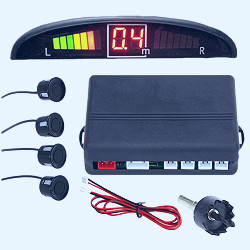 Amazon.com: New 4 Parking Sensors LED Display Car Reverse Backup Radar System : Electronics
Amazon.com: New 4 Parking Sensors LED Display Car Reverse Backup Radar System : Electronics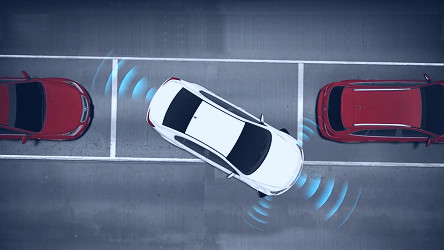 What are parking sensors? – BabyDrive
What are parking sensors? – BabyDrive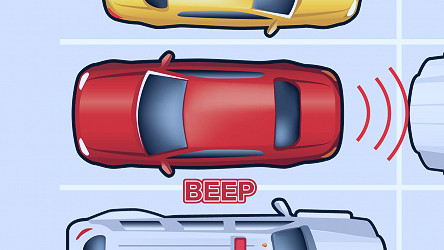 Parking Sensor Feature: My Car Does What
Parking Sensor Feature: My Car Does What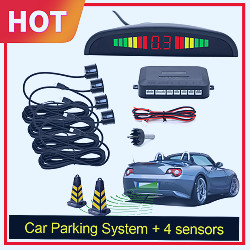 Car Auto Parktronic Led Parking Sensor With 4 Sensors Reverse Backup Car Parking Radar Monitor Detector System Backlight Display - Parking Sensors - AliExpress
Car Auto Parktronic Led Parking Sensor With 4 Sensors Reverse Backup Car Parking Radar Monitor Detector System Backlight Display - Parking Sensors - AliExpress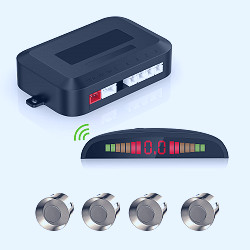 Amazon.com: Wireless Parking Sensor, Reverse Radar System with 4 Car Backup Sensors, Wireless LED Distance Display with Sound Warning + 4 Champagne Color Car Parking Sensor for Auto Vans RV Trailer : Automotive
Amazon.com: Wireless Parking Sensor, Reverse Radar System with 4 Car Backup Sensors, Wireless LED Distance Display with Sound Warning + 4 Champagne Color Car Parking Sensor for Auto Vans RV Trailer : Automotive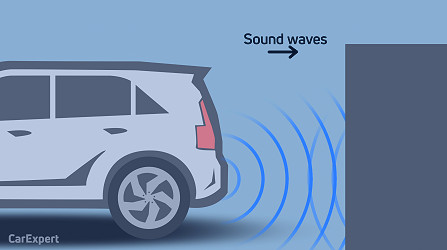 How do parking sensors work? Radar and remote parking technology explained | CarExpert
How do parking sensors work? Radar and remote parking technology explained | CarExpert Parking Sensor Feature: My Car Does What
Parking Sensor Feature: My Car Does What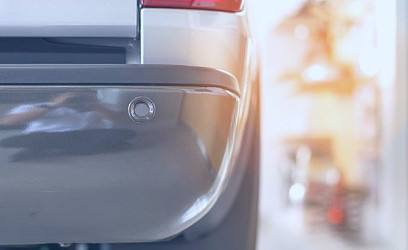 Top 5 Best Parking Sensors | AutoGuide.com
Top 5 Best Parking Sensors | AutoGuide.com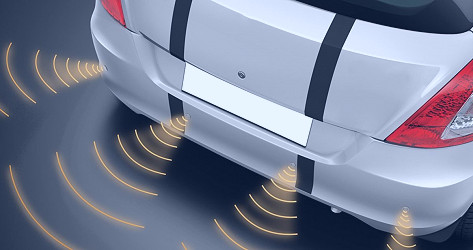 How Do Parking Sensors Work? | Car Part
How Do Parking Sensors Work? | Car Part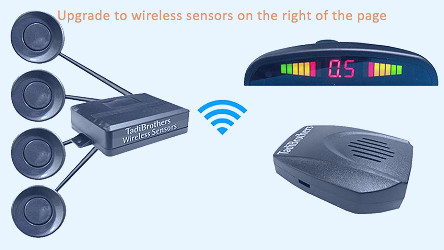 Parking Backup Sensor System with Sound and Volume Control (TB-S058S)
Parking Backup Sensor System with Sound and Volume Control (TB-S058S)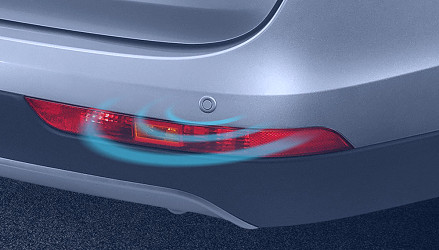 Car Parking Sensors: Types, Functions, and Maintenance | Wuling
Car Parking Sensors: Types, Functions, and Maintenance | Wuling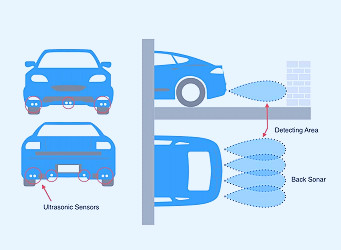 Let Your Car Find the Parking Space: Ultrasonic Sensor Parking Tech
Let Your Car Find the Parking Space: Ultrasonic Sensor Parking Tech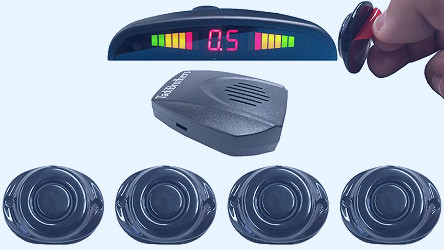 Parking Backup Sensor System Stick On with Sound and Volume Control (TB-S058SS)
Parking Backup Sensor System Stick On with Sound and Volume Control (TB-S058SS)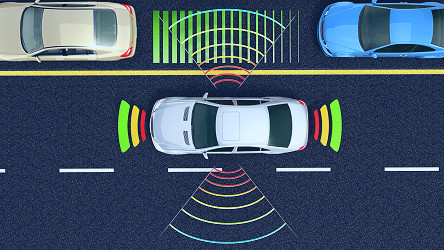 Best used cars with parking sensors | BuyaCar
Best used cars with parking sensors | BuyaCar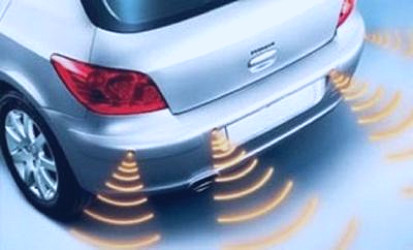 Why Are Parking Sensors So Important? | CarTrade
Why Are Parking Sensors So Important? | CarTrade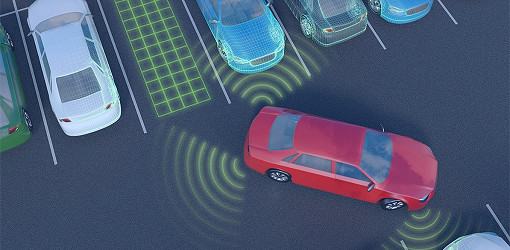 Parking sensors - Fundación MAPFRE
Parking sensors - Fundación MAPFRE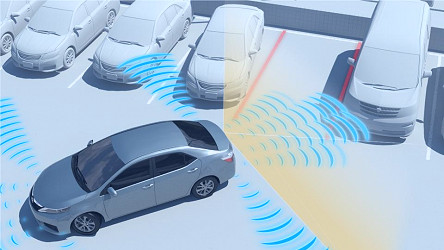 Front Parking Sensor Wireless: Why Should You Add Them - KinouWell
Front Parking Sensor Wireless: Why Should You Add Them - KinouWell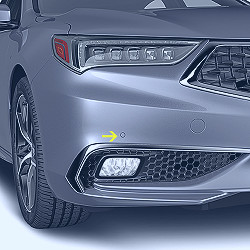 08V67-TZ3-XXX1 | Acura Parking Sensors (TLX) - Bernardi Parts Acura
08V67-TZ3-XXX1 | Acura Parking Sensors (TLX) - Bernardi Parts Acura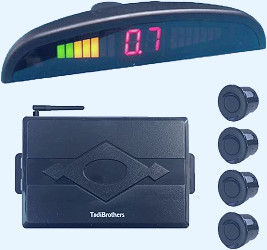 Amazon.com: TadiBrothers Wireless Backup Parking Sensor Kit with 4 Front or Rear Sensors | Speaker Sound Warning, LED Display | 20-Foot Range | Car Reverse Parking Sensor Radar System for RV, 5th
Amazon.com: TadiBrothers Wireless Backup Parking Sensor Kit with 4 Front or Rear Sensors | Speaker Sound Warning, LED Display | 20-Foot Range | Car Reverse Parking Sensor Radar System for RV, 5th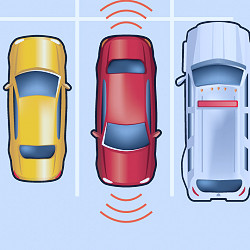 Parking Sensor Feature: My Car Does What
Parking Sensor Feature: My Car Does What 